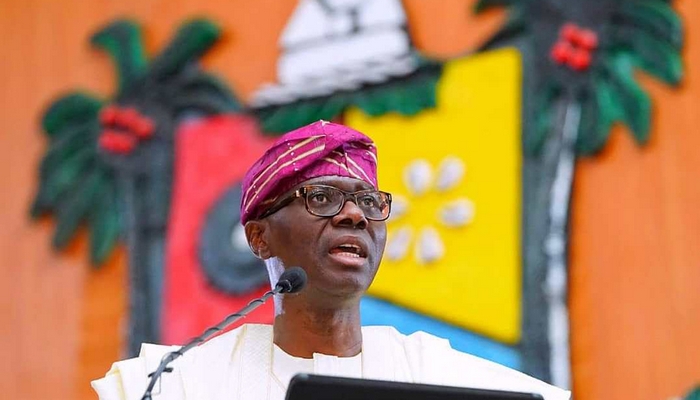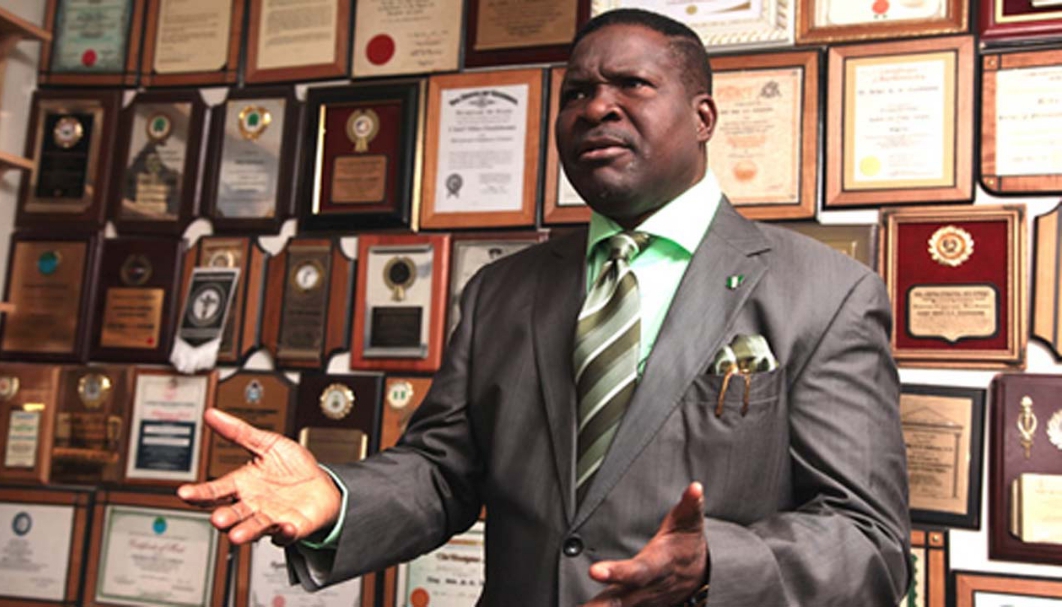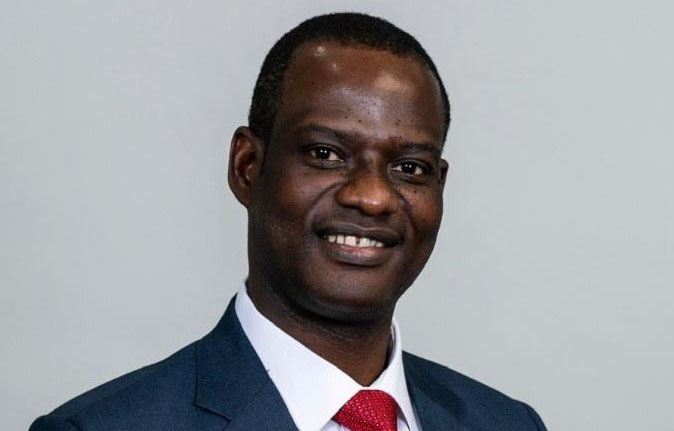
Lagos State Governor, Babajide Sanwo-Olu, on Tuesday, said the state’s oxygen need for the management of COVID-19 patients has risen from 420 litres to 2,100 litres daily between December and mid-January, an increase of about 500 per cent.
The Governor expressed the fear that going by current trend, it could snowball to 4,500 litres daily before the month end.
Speaking during an update on COVID-19 management in Lagos State, he said the increase in positive cases necessitated the provision of more concentrated oxygen for the moderate to severe cases at isolation centres.
Sanwo-Olu said to ensure that there were no lapses, the staff and management of the Ministry of Education have been monitoring compliance of safety protocols in public and private schools.
“Parents are encouraged to ensure the protocols of safety are adhered to in their homes and that they model responsible behaviour to their children at all times, in and out of the home,” he said
The governor disclosed that 9,213 COVID-19 patients were being treated at home, while the state had so far conducted 263,358 tests in private and public laboratories.
“One of the greatest hallmarks of the Lagos State Response has been its robust testing strategy. In addition to the four public laboratories providing free testing under the public health response, the state has increased the number of private providers under its private Laboratory Consortium to 20 private laboratories.
“They provide services to inbound and outbound international travelers, work-related activities or people curious about their COVID-19 status. The formation of the consortium has significantly increased our testing capacity with the State conducting between 2,000 and 3,000 tests daily,” he stated.
Sanwo-Olu noted that Lagos State witnessed reduction in the number of confirmed cases of the virus from July to November 2020, leading to deployment of lean operational strategy by shutting down some isolation centres.
“However, during the festive season, there was an exponential surge in confirmed cases of the virus. The positivity rate increased from 3 per cent on December 1, 2020 to 31 per cent on December 31, 2020.
“Expectedly, there has been a rapid increase in capacity utilisation of beds at the isolation and treatment centres, which has resulted in significant increase in bed occupancy from 4 per cent to 69 per cent in the last six weeks.
“The alarming trend has necessitated plans to reopen some of the previously established isolation centres, such as the INDO Isolation Centre and Gbagada Cardio-Renal Centre. We hope that this would support our efforts toward containing the rising cases and reducing the spread in the shortest possible time,” he added.






